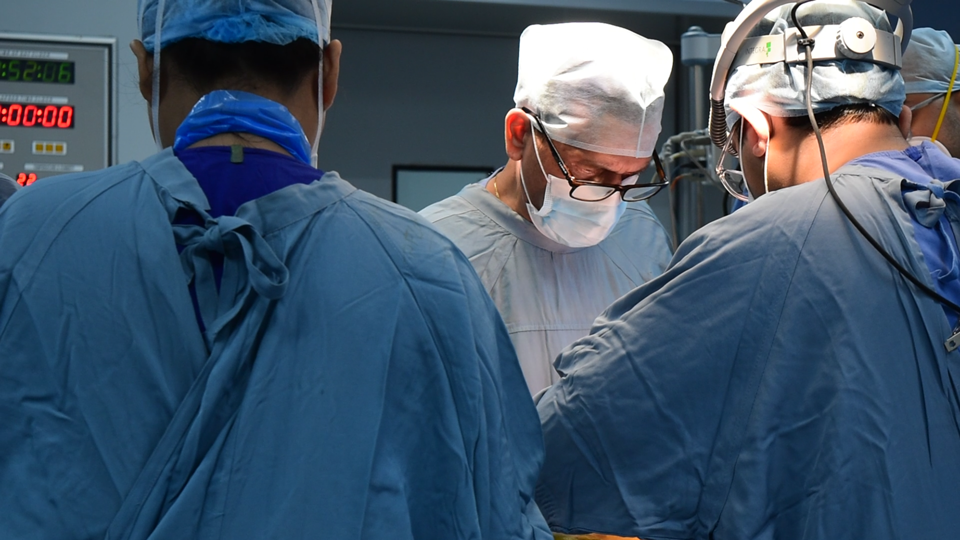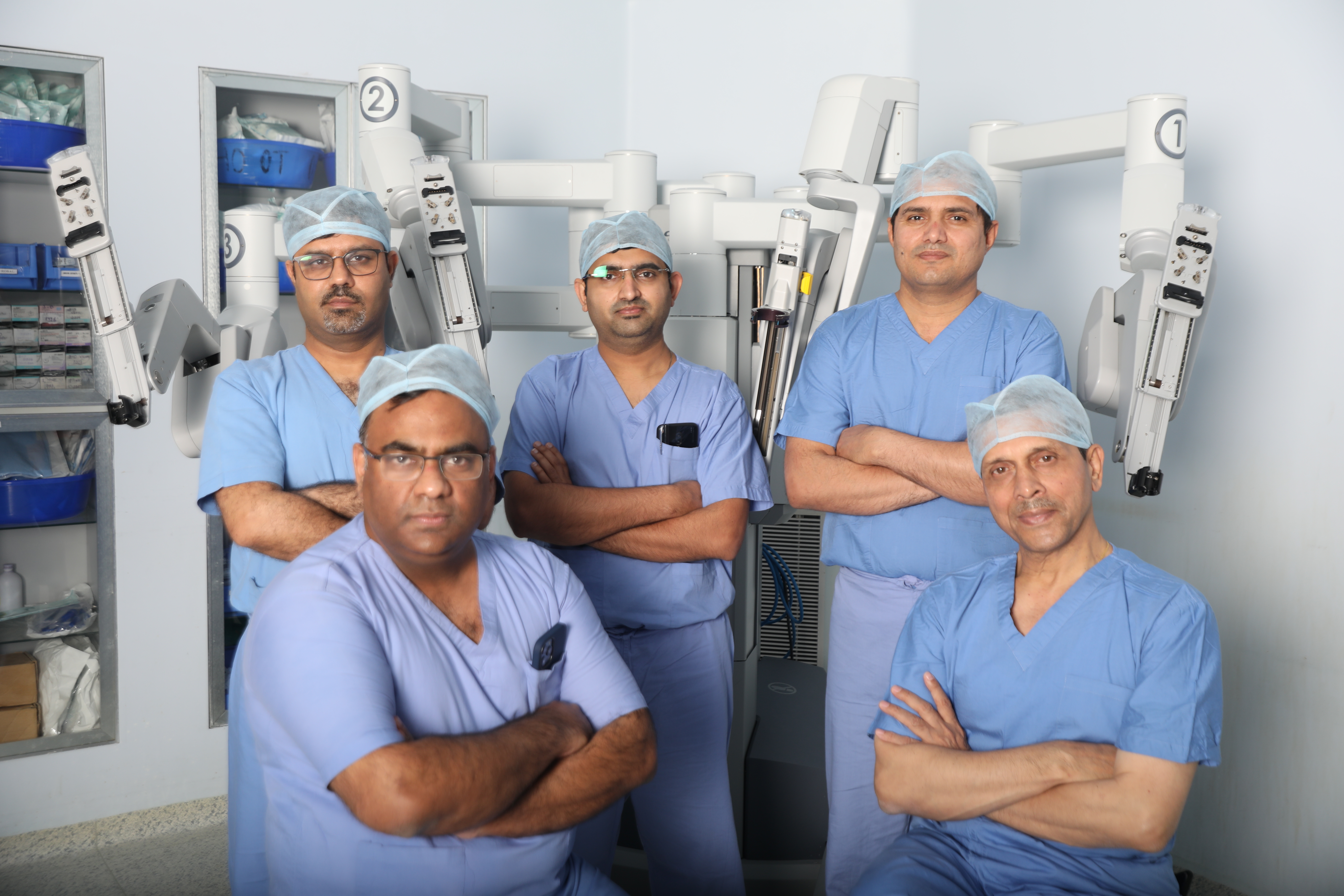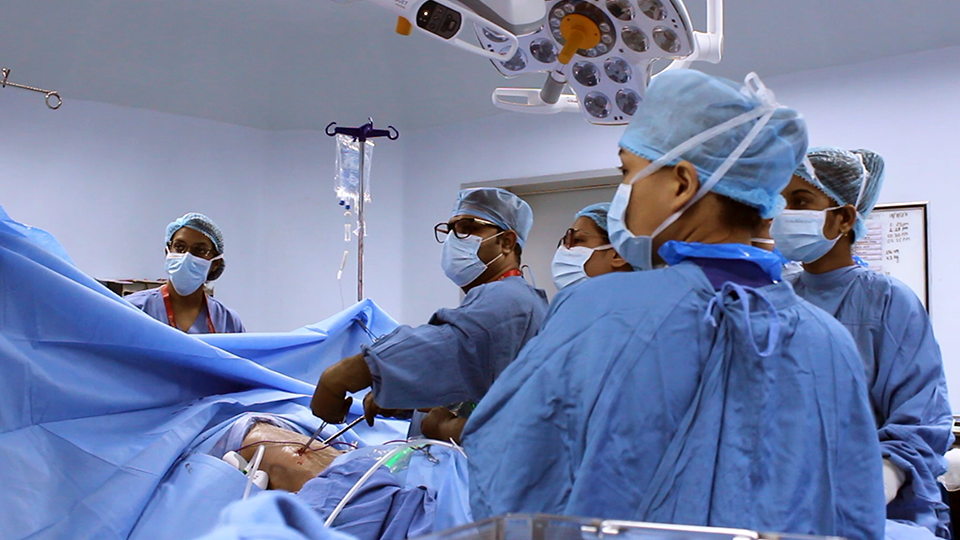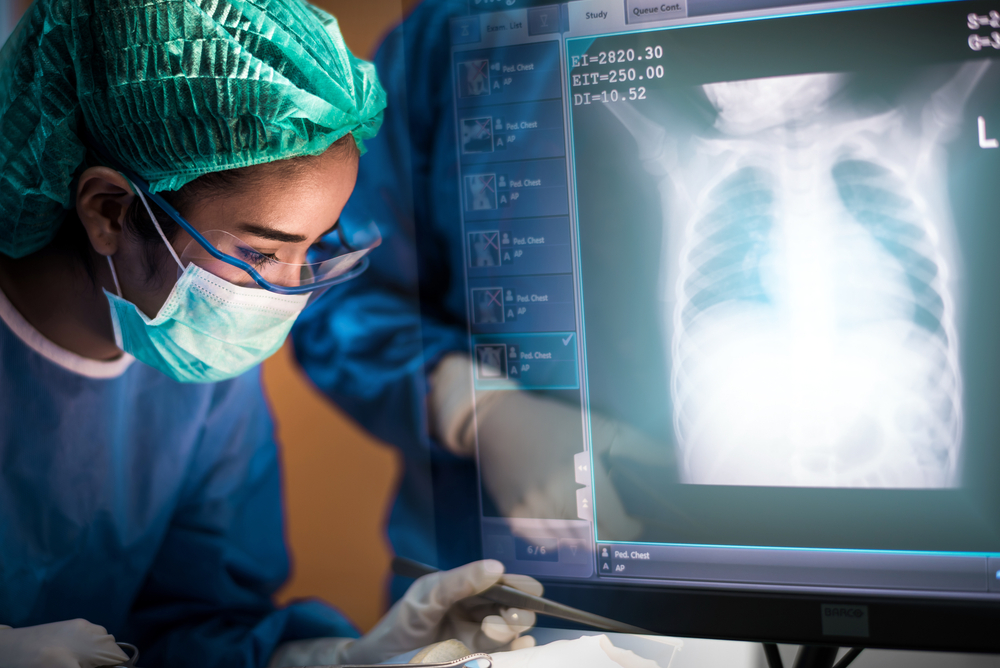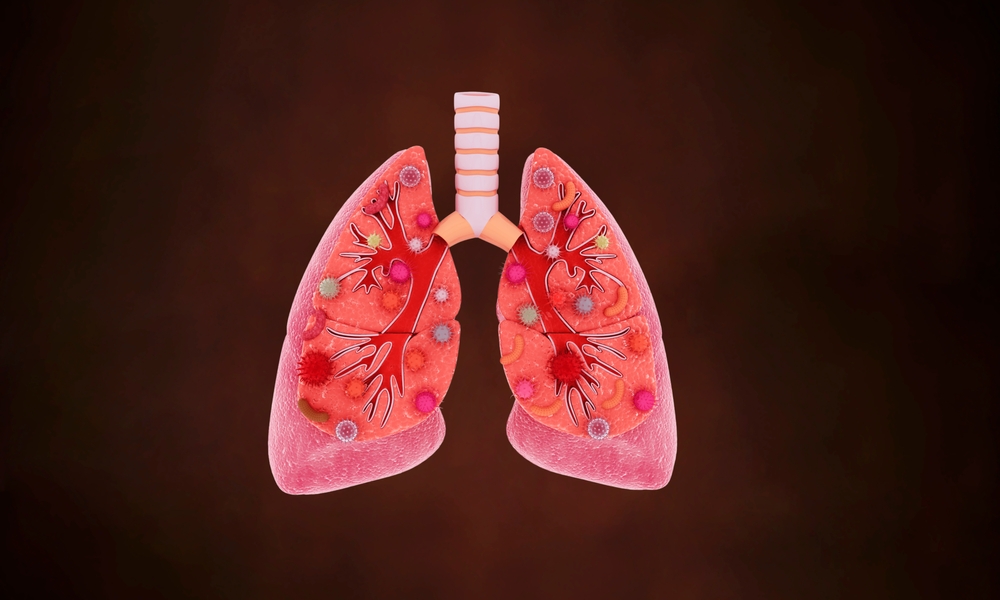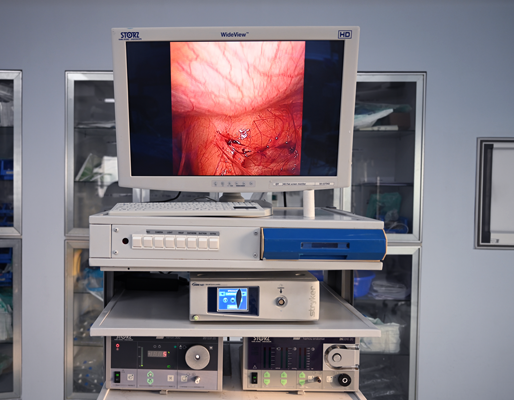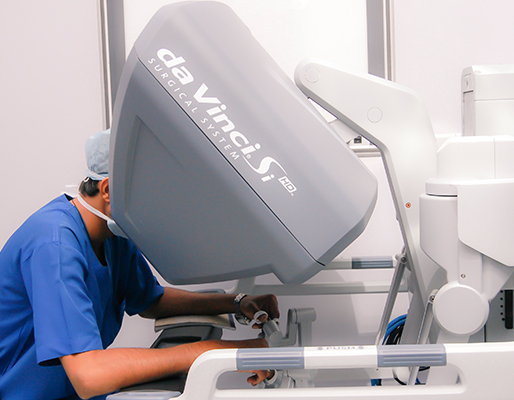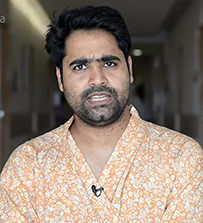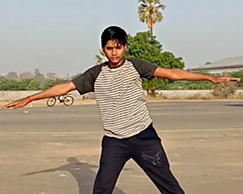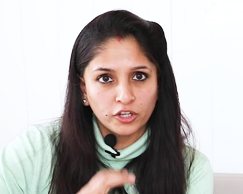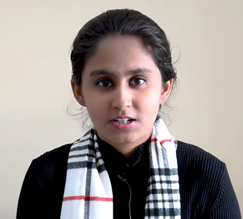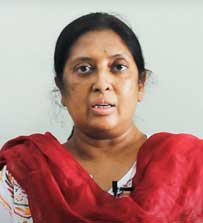Lung Transplant
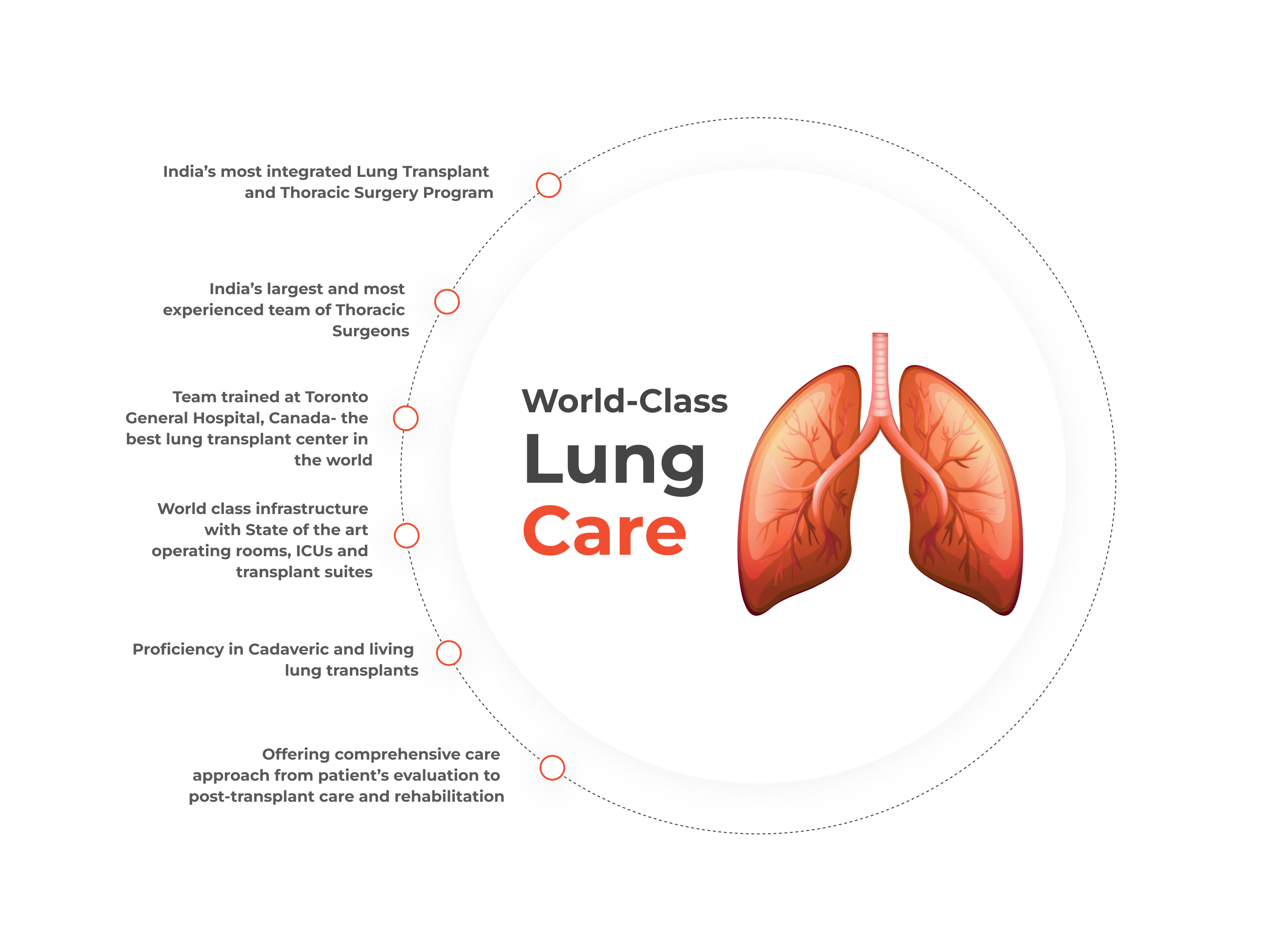
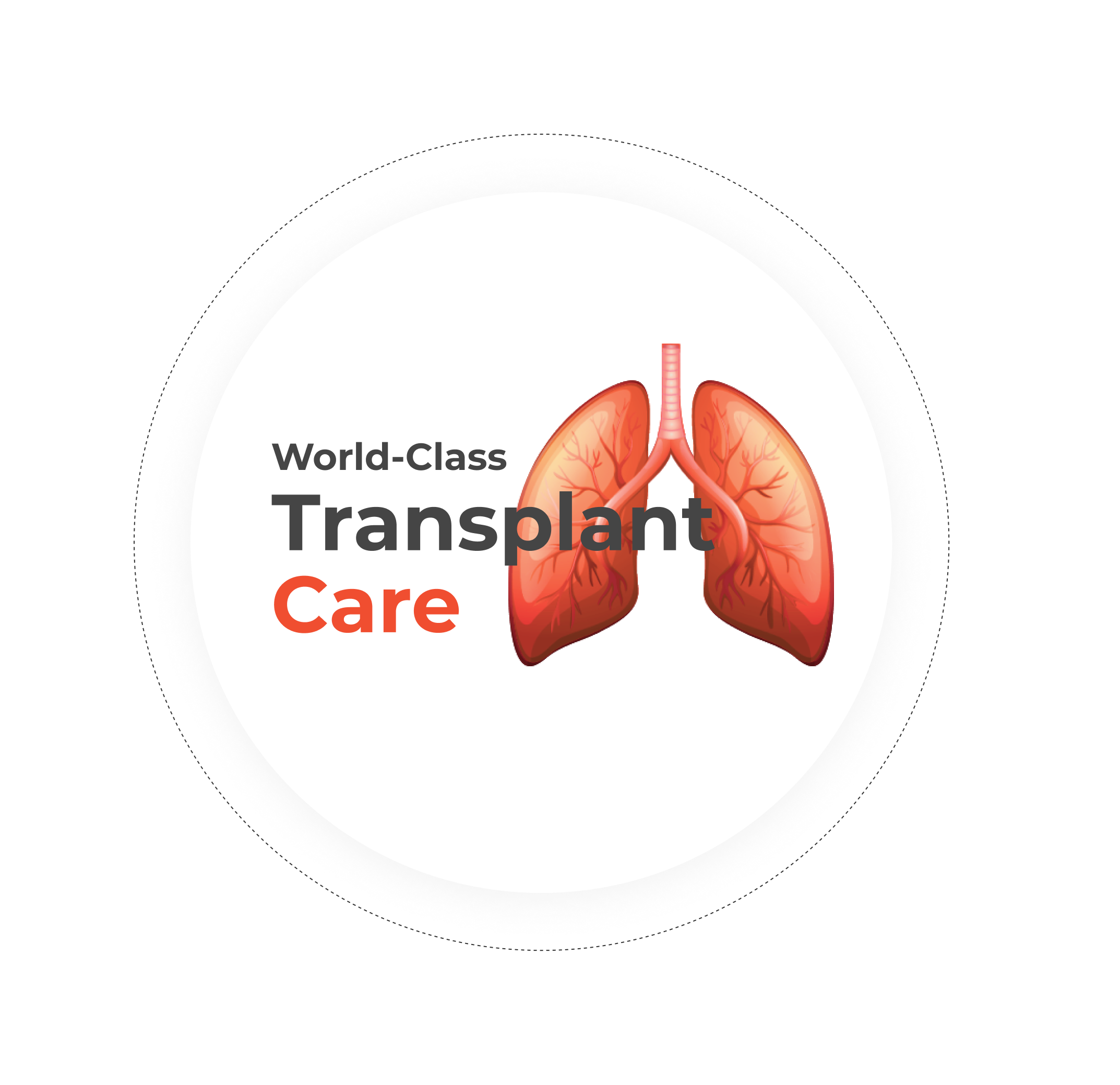
1.) Potential recipient identified by a treating doctor/pulmonologist.
2.) Patient referred to Lung Transplant (LT) team at Medanta.
3.) Patient screened in the OPD by Medanta LT team.
4.) If considered fit for evaluation, admitted to the ward for detailed Lung Transplant Evaluation.
5.) Multi-disciplinary board analysis the LT evaluation results. Those meeting all criteria, with no contraindications are accepted for LT and procedure explained to patient and family.
6.) Those accepting the same, are listed at NOTTO site requested to shift near to Medanta, waiting for a lung offer.
7.) When a donor lung offer comes, the donor details are matched with our recipient on the NOTTO waitlist (blood group, height and lung volume) and if matched, a claim is placed.
8.) NOTTO looks at claims from various hospitals and allots lungs based on seniority and geographical proximity between donor and recipient hospitals.
9.) When lungs are allotted to us, Retrieval Team (Surgeons, Coordinators, OT nurse) goes to donor hospital with all the equipment.
10.) If lungs acceptable, the same are retrieved, preserved by a special technique and the team returns by the fastest route.
11.) In the meantime, the Recipient Team at Medanta (Pulmonologist, Surgeons, Anesthetists, coordinators) calls recipient in, does a quick check, admits and shifts to OT for surgery.
12.) By the time, the retrieval team returns to Medanta, the recipient team at Medanta has prepared the chest for LT
13.) The Lung transplant is carried out immediately under ECMO support.
14.) At the end of lung transplant, the ECMO is gradually weaned off and patient shifted to ICU under ventilator support.
15.) After extubation, patient shifted to ward, intensive rehabilitation continued, discharged to home care.
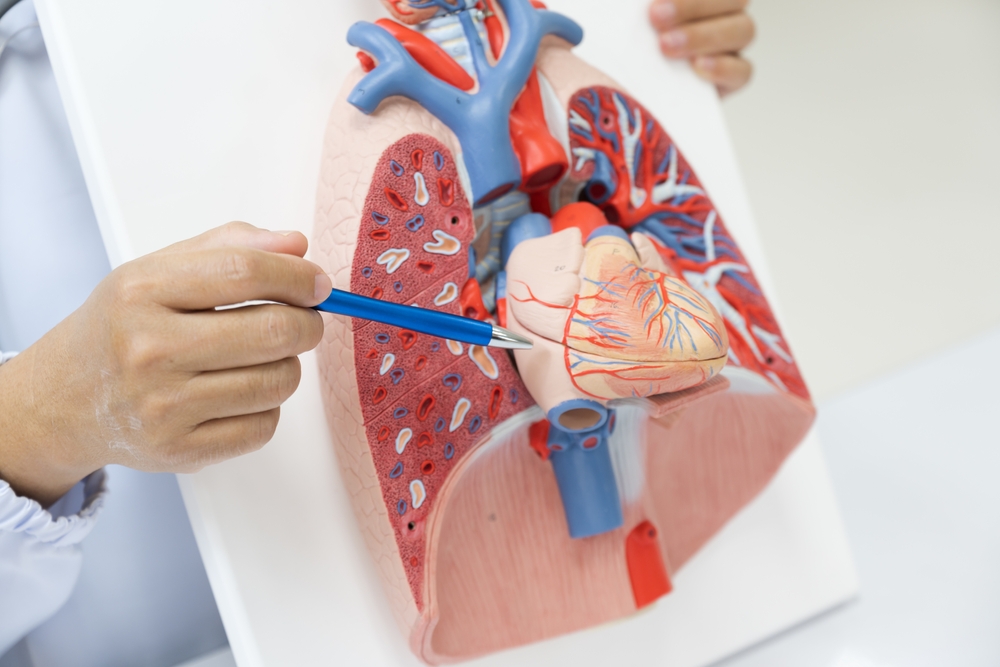
In this operation a patient receives a heart and two lungs. This is generally performed for patients with congenital conditions or those in whom a lung condition has caused significant heart disease.
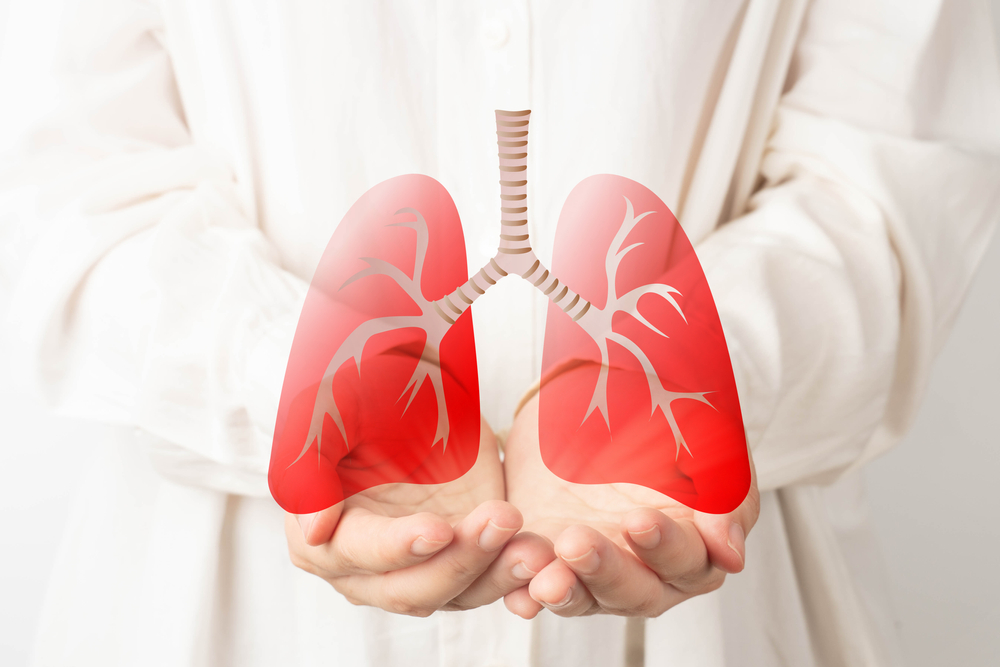
Bilateral lung transplant (BLT) is sometimes called double or sequential single lung transplant. In this operation a patient receives two lungs. This is the most common operation performed and is often the best option for patients with cystic fibrosis, bronchiectasis, emphysema (including that caused by alpha-1 antitrypsin deficiency) and pulmonary hypertensionBLT gives more lung reserve and has better long-term survival. However, it may not be suitable for all patients.
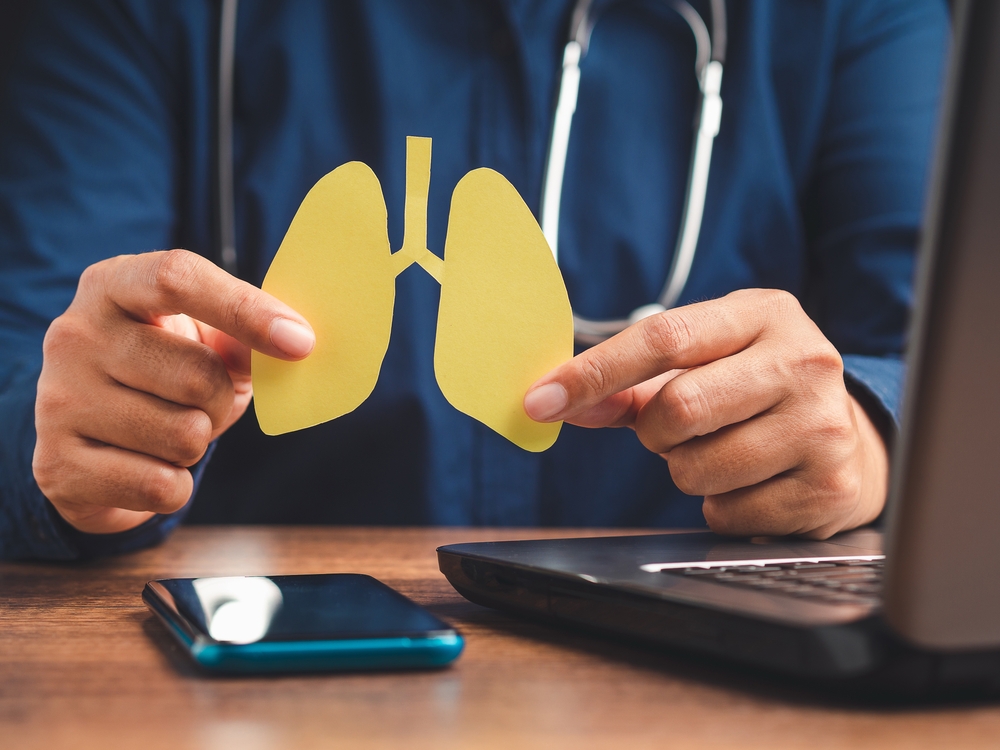
A double-lung transplant is a surgical procedure that involves removing diseased lungs and replacing them with two donated lungs. During the procedure, surgeons remove one lung at a time, attach the donor lungs to the airways and blood vessels, and perform the surgery in 8 to 12+ hours.
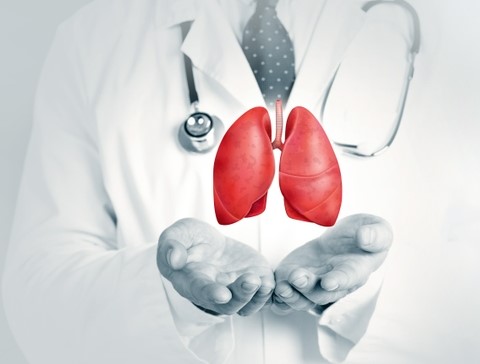
In this operation a patient receives one lung. This type of transplant is often carried out on patients with fibrotic lung disease.Single lung transplant (SLT) may be suitable for patients with a small chest where space is a consideration. In addition, there is more availability of single lungs so this option may be better if there is increased urgency for the transplant.

Lung cancer is one of the biggest types of cancer affecting both men and women. The level of severity depends upon the stage of lung cancer.

COPD, or Chronic Obstructive Pulmonary Disease, is a chronic lung disease that primarily blocks the airflow to and from the lungs. In this health condition, the lungs are in an inflamed condition which causes significant difficulties in breathing, excess mucus, cough secretion, and other problems. If left untreated, COPD is a dangerous condition that can lead to severe heart troubles, lung cancer and other intense conditions.
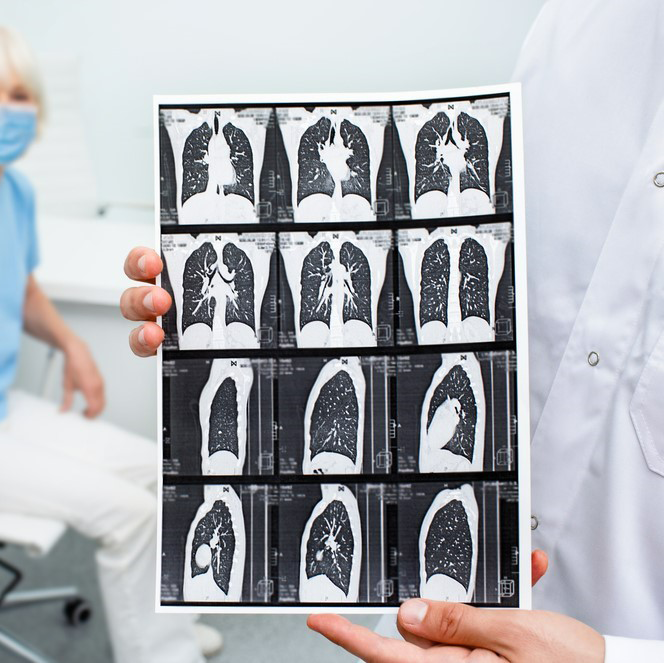
Cystic fibrosis (CF) causes extreme damage to the lungs, digestive system, and other organs in the body. This inherited disease affects the cells that are responsible for producing mucus, sweat, and digestive juices. They cause defects in the gene, making the usually thin and slippery secretions sticky and thick. Therefore, instead of acting as lubricants, the secretions block the tubes, ducts, and passageways. Cystic fibrosis is a progressive disorder that requires daily care. With medical advancements, people often have a better quality of life as they can attend school and work than people with CF in older times.
Any Patient with end stage lung disease, who is :
- Less than 65 years of age
- No other organ dysfunction
- BMI preferably less than 28 and having any of the following disease:
- ILD
- COPD
- PAH
- Bronchiectasis
- Sarcoidosis
- Cystic fibrosis
- Eisenmenger syndrome
Our superspecialist doctors provide the highest quality of care through a team-based, doctor-led model. Trained at some of the world's most renowned institutions, our highly experienced doctors are distinguished experts in their respective specialities. Our doctors work full-time and exclusively across Medanta hospitals. In addition to offering superspecialised care in their own field, the Medanta organisational structure enables every doctor to help create a culture of collaboration and multispecialty care integration.
Our superspecialist doctors provide the highest quality of care through a team-based, doctor-led model. Trained at some of the world's most renowned i..... Continue Reading


